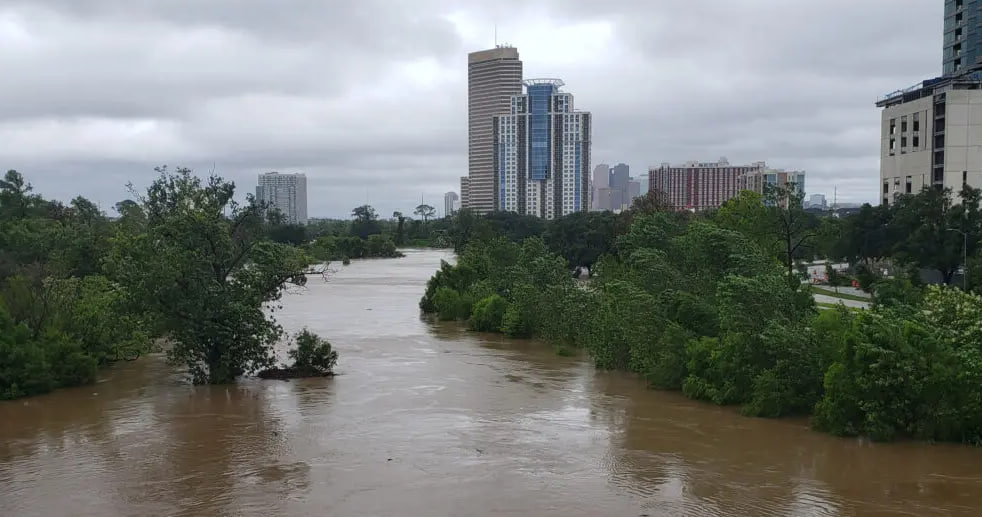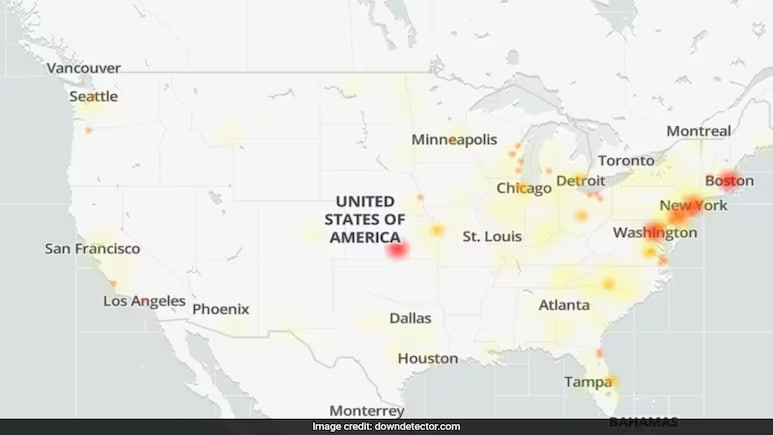As the dawn broke over Houston, residents braced for the impact of Hurricane Beryl, which made landfall as a Category One hurricane. The Gulf Coast city, known for its resilience in the face of natural disasters, experienced the full force of Beryl’s wrath, marking yet another chapter in its long history of weathering storms.
The Calm Before the Storm
In the days leading up to Beryl’s arrival, meteorologists closely monitored its path, predicting that it would strike the Texas coast. Initial forecasts indicated that Beryl might strengthen to a Category Two hurricane, but it ultimately made landfall as a Category One, with sustained winds of 85 mph. Despite this, the threat was not taken lightly.
Houston residents heeded warnings from local authorities, stocking up on essential supplies, boarding up windows, and evacuating vulnerable areas. The city’s emergency response teams were on high alert, ready to provide aid and ensure safety.
The Eye of the Storm
When Beryl’s eye passed over the city, it brought with it a mix of torrential rains, powerful winds, and an ominous sense of calm. The eye of a hurricane is often deceptively peaceful, a temporary respite in the midst of chaos. For a brief period, Houstonians experienced this eerie stillness before the storm’s trailing edge brought another round of severe weather.
The Aftermath: Assessing the Damage
As Beryl moved inland, it left behind a trail of destruction. Flooded streets, downed power lines, and uprooted trees were common sights across Houston. Some neighborhoods were submerged under several feet of water, forcing many to seek shelter in emergency centers. Despite the extensive property damage, the city’s robust infrastructure and well-coordinated emergency services helped prevent any major casualties.
Local authorities quickly began assessing the damage. Mayor Sylvester Turner assured residents that recovery efforts were underway and that the city would rebuild stronger than ever. “We’ve been through this before, and we’ll get through it again,” Turner stated, emphasizing the city’s resilience and community spirit.
Community Response: Neighbors Helping Neighbors
In the face of adversity, Houstonians displayed an inspiring sense of solidarity. Volunteers from various organizations, along with everyday citizens, came together to assist those in need. Whether it was providing hot meals, offering shelter, or helping to clear debris, the community’s response was swift and heartfelt.
One such volunteer, Maria Gonzales, shared her experience: “When I saw the damage in my neighborhood, I knew I had to do something. We might not be able to fix everything overnight, but we can start by helping our neighbors.”
The Road to Recovery
Rebuilding after a hurricane is never an easy task, but Houston’s experience with past storms like Harvey has prepared the city to tackle the challenges ahead. Federal and state assistance, along with local initiatives, will play crucial roles in the recovery process.
Infrastructure repairs, restoring power, and addressing the needs of displaced residents are top priorities. As the waters recede, attention will also turn to long-term strategies for mitigating future flood risks. Enhancing drainage systems, building higher levees, and improving urban planning to withstand severe weather events are all part of the conversation.
Hurricane Beryl’s impact on Houston serves as a stark reminder of the city’s vulnerability to natural disasters. However, it also highlights the strength and resilience of its people. As recovery efforts continue, Houston will once again demonstrate its capacity to rebuild and emerge stronger.
For now, the focus remains on supporting those affected and restoring a sense of normalcy. In the spirit of Houston’s indomitable resilience, residents and officials alike are committed to facing the challenges ahead with determination and unity.
In the end, Beryl will be remembered not just for the damage it caused, but for the way Houston responded—with courage, compassion, and an unwavering belief in a brighter future.






